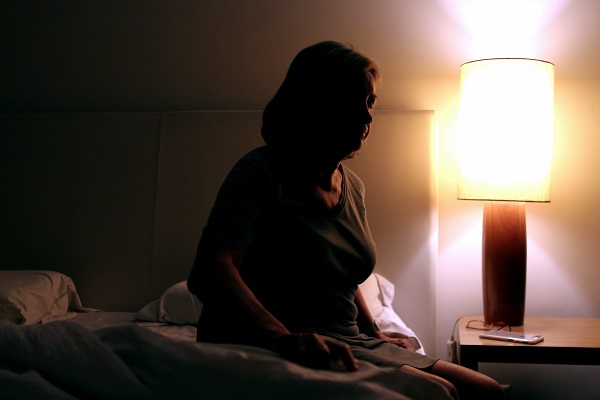Beyond walking and talking: 10 weird things you might do while you sleep

The term parasomnia is used to describe a wide range of disruptive sleep-related events. These behaviors or experiences generally occur during sleep, and in most cases are mild.
Parasomnias are sometimes referred to as arousal disorders. At times they may occur often enough or become bothersome to the point that medical attention is needed.
Parasomnias occur when a person is in a mixed state, both asleep and awake, and often emerging from the deepest stage of non-dreaming sleep.
The sleeper is awake enough to act out complex behaviors but is still asleep and not aware of their behaviors.
Parasomnias are very common in young children and do not usually indicate psychological or psychiatric problems.
Such disorders tend to run in families and can be more noticeable when a child is overly tired or has a fever.
Types of parasomnia
Confusional arousals
Common in toddlers, also seen in adults, this begins with crying and thrashing in bed. The sleeper appears to be awake, and seems to be upset and confused, and resists attempts to comfort or console.
Sleepwalking
Commonly seen in older children, also seen in adults, this can range from simple walking around the bedroom to more complex actions, such as going outdoors or rearranging furniture.
Sleep eating
A variation of sleepwalking, most common in young women. The sleeper will prepare and eat food.
Sleep talking
A normal phenomenon, rarely of medical importance.
Sleep sex
A rare disorder, primarily seen in young adults and adults. Sleeper makes sexual advances towards bed partner.
Rapid eye movement (REM) sleep behavior disorder
Dream related behavior, this involves “acting out” dreams. This can be violent, and most commonly is seen in older men. The sleeper will recall vivid dreams. This can be controlled with medications.
Hypnagogic hallucinations
Episodes of dreaming while awake, usually just before going to asleep. The content of the dream is often threatening.
Sleep paralysis
The experience of waking up, usually following a dream, with a feeling the muscles are paralyzed. Common in people with narcolepsy.
Rhythmic-movement disorder
Most common in young children, this can also occur in adults. Recurrent headbanging, head rolling and body rocking. The sleeper may hum or moan also.
Teeth grinding (bruxism)
This is very common, in severe cases mouth devices help reduce dental injury.
Contact a health care provider if disturbed sleep causes:
- Potentially dangerous behavior that is violent and could cause injury
- Extreme disturbance of other household members
- Excessive daytime sleepiness
Parasomnias are relatively uncommon after childhood; adults suffering from these disorders should seek medical evaluation by a sleep specialist.
Treatment
Precautions should be taken to ensure safety for people with arousal disorders.
Securing windows, sleeping with the mattress on the floor and installing locks or alarms on windows and doors will add security to the individual and the family.
In severe cases that lead to injury or involve violence, treatment may be warranted.
Treatment can be medications, behavior modification or relaxation.
If you’re having problems sleeping more than three times a week for a month, see your health care provider and ask for a referral to Salem Health’s Sleep Center to be evaluated for a sleep disorder.